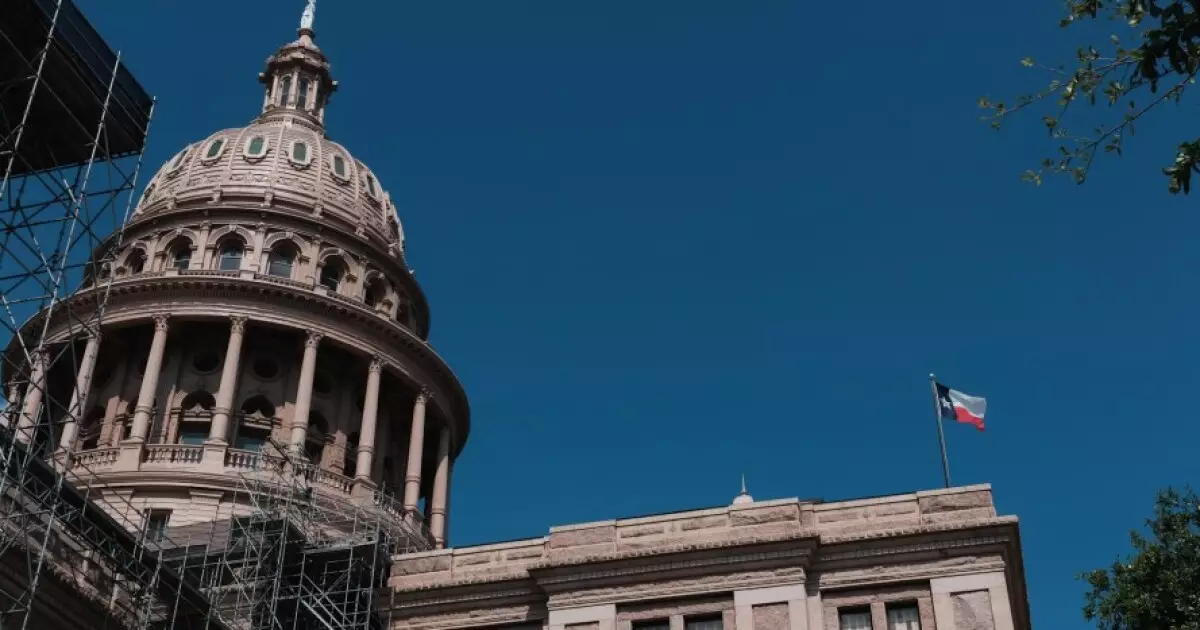Recent legislative developments in Texas signal a decisive shift toward constricting local governments’ fiscal independence. Senate Bill 9, approved overwhelmingly by the Senate Local Government Committee, proposes a significant reduction in the permissible growth of operating property tax revenues for large cities and counties—from a 3.5% to a 2.5% voter-approval tax rate multiplier. While this sounds like a tool to curb unchecked government spending, it threatens to stifle vital city functions and public safety initiatives under the guise of fiscal responsibility. The underlying motive appears rooted in a desire to prevent runaway tax increases, yet the legislation may unintentionally cripple the ability of urban centers to respond to their unique needs and growth.
Furthermore, this move is not a knee-jerk reaction but part of a broader strategy to impose restraints on local fiscal autonomy. For cities with populations above 75,000—an expansion from the original threshold of 30,000—the new limits threaten to reduce revenue streams significantly, impacting essential services like infrastructure maintenance, emergency services, and public safety. Given that property taxes are the backbone of city budgets, especially in sprawling urban settings, these restrictions, if enacted, could usher in an era of austerity that hampers economic vitality and community safety.
The Political Sell: Framing Tax Restraints as Protecting Taxpayers
Supporters, chiefly Republicans led by State Sen. Paul Bettencourt, frame this legislation as a safeguard for taxpayers pushed to their limits. Bettencourt’s argument hinges on the premise that current tax increases exceeding 3.5% are burdensome and unsustainable. He emphasizes past state investments, notably the $51 billion used to buy down school property taxes, as evidence that Texas recognizes the need for fiscal discipline. The contention is that local governments have overstepped, pushing citizens towards financial brinkmanship.
While this narrative appeals to voters alarmed by rising costs, it oversimplifies the complex budget realities faced by metros like Dallas and San Antonio. The data paints a stark picture: a reduction in the tax rate from 3.5% to 2.5% would mean hundreds of millions in lost revenue for large cities, hampering their capacity to maintain or expand public services amid ongoing inflation and growth. Indeed, Dallas and San Antonio exemplify cities poised at an economic crossroads—balancing the demands of growth and safety against the desire to keep taxes in check.
The bill’s supporters boldly clear the path for austerity, claiming that growth in property taxes from new construction is not subject to the limits, effectively exempting a vital revenue source. This move allows cities to push growth-driven taxes but leaves core operational funding in shackles. Such a bifurcated approach risks creating uneven fiscal landscapes where growth benefits are selectively harnessed, but essential services are constrained, threatening social stability and economic competitiveness.
The Resistance from Local Governments and Financial Markets
Not all are convinced that tighter tax limits serve the best long-term interests of Texas cities. Local officials and financial groups warn that these restrictions could undermine their financial flexibility, impair public safety, and diminish their capacity to adapt to unforeseen challenges. Dallas City Council Member Cara Mendelsohn highlighted a recent voter mandate requiring at least 50% of revenue increases to be funneled into police pension plans and public safety measures—an initiative that already squeezes city budgets.
In response, some lawmakers seem aware of the delicate balance required but remain unfazed, emphasizing fiscal discipline over local autonomy. Moody’s recent downgrade of Dallas’ credit outlook underscores this tension: restricting revenue growth can threaten city creditworthiness, making borrowing more expensive at a time when infrastructure investments are desperately needed.
Moreover, cities like Austin are contemplating using local elections to bypass these constraints, signaling that even among center-right policymakers, there is recognition that rigid limits could backfire. Austin’s CFO articulated concerns about rising costs similar to private budgets—funding for contracts, vehicles, and emergency services—all of which are vital for city operation but difficult to sustain under tighter tax caps.
The Broader Implications: Stifling Growth or Ensuring Sustainability?
Legislators tout these measures as a step toward fiscal sustainability; however, the real question is whether they are risking a form of municipal austerity that hampers the economic growth engine Texas relies on. If large cities cannot adequately fund infrastructure and public safety—cornerstones of economic vitality—their attractiveness for business investment and population growth could decline.
While the intent might be to prevent overtaxation and protect residents, the aggressive tightening risks penalizing cities just as they seek to expand and improve their communities. As these restrictions take hold, the debate will shift from simple tax relief to a broader discussion about how Texas balances growth, safety, and fiscal responsibility in an era of unprecedented urban expansion.
In the center-right framework, responsible governance involves safeguarding taxpayer interests without strangling the engines of growth. The challenge now lies in finding a sustainable middle ground—one that restrains excess without impoverishing cities’ capacity to serve their citizens effectively. If Texas continues down this path, it may very well sacrifice the vibrancy and resilience of its burgeoning metro areas for the sake of ideological purity on fiscal discipline.

